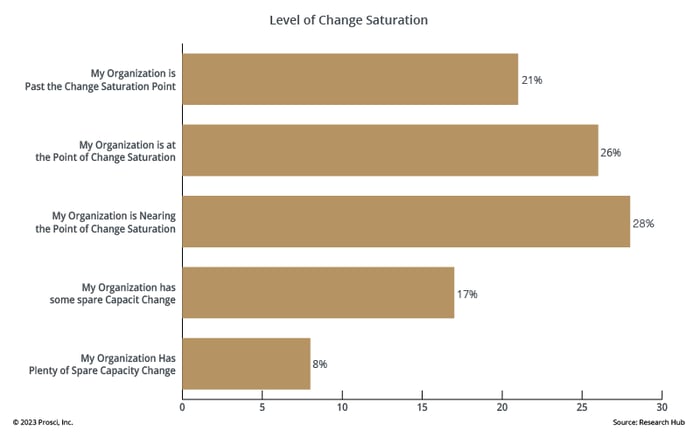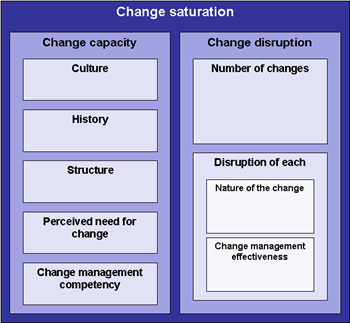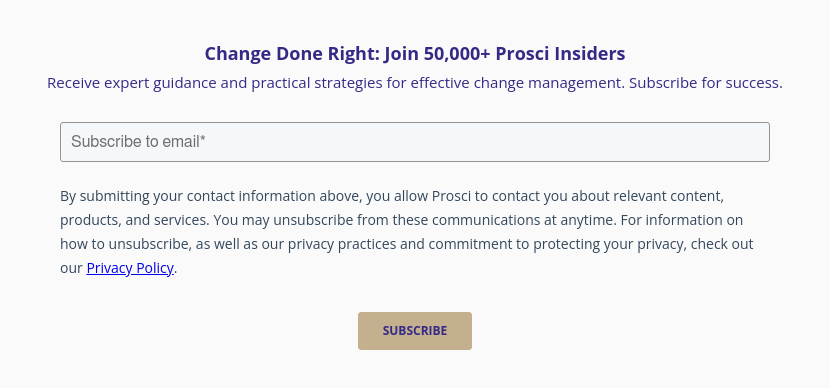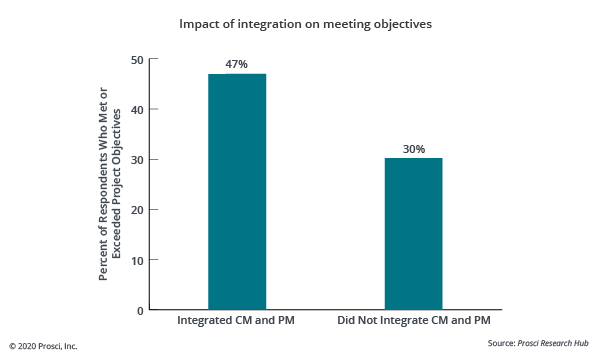5 Challenges You Face After Change Management Training

4 Mins
Updated: August 5, 2024
Published: July 27, 2022

As change management professionals, we constantly remind our colleagues, clients and leaders that change management effectiveness does not begin and end in a classroom. Whether you are considering attending change management certification or pursuing advanced change management courses, effective competency building takes time and practice.
Acquiring knowledge is only part of the equation. In the months following your certification or other Prosci change management training courses, applying change management within your organization will reveal challenges and opportunities.
5 Lessons Learned After Prosci Change
Management Training
Here are five key lessons change management professionals experience as they move on from learning and applying change management concepts in change management training to applying those concepts to changes within their organizations.
1. There’s work to be done before you start applying change management
To maximize your time in the Prosci Change Management Certification Program and our other change management courses, we always start with the assumption that a clearly articulated, well-defined solution awaits you. We focus on teaching what to do once you’ve been put on a project as a change management practitioner. But in the real world, you may find that not every project has been perfectly designed or well-articulated.
If this is a challenge you face in the future, know that two things need to happen before you can start to plan and execute on the activities you learned in change management training: solution design and defining success for the change.
Research shows that the earlier you are involved in solution design, the better. Working to get a seat at the project table earlier is important. If your organizational culture or structure doesn’t allow for it, you should ask specific questions, especially those about Change Management ROI. Prompt the members of your change team to think through these questions and understand what "people-dependent ROI" means for your project. This will enable you to share the same understanding of the project objectives and desired outcomes set by leadership. And if these successful outcomes have not been defined, you are doing everyone a favor by asking.
2. Change saturation changes everything
In Prosci's Best Practices in Change Management – 12th Edition research, 75% of participants stated that their organization was near, at or past the change saturation point.

Saturation is something every organization deals with, especially now that organizations face increasingly more change. Everyone must approach saturation differently given their organization’s expectations, culture and other characteristics.
Left unaddressed, change saturation can reduce the resources you have to implement your change, which will result in lesser results or even failed projects. As a change manager, the reality of change saturation means you need to consider whether your organization is ready for another change—as well as what other changes are already in motion.
Gaining a general awareness of your organization's change portfolio by asking:
- What other small and large changes are happening?
- How big is the people-related impact of those changes?
- What and how long are the timelines for the changes?
- How are the changes going?
 If change saturation is a concern, your first step is making leadership aware. If the decision is to keep moving forward, your second step is to understand how this saturation will constrain your project and then to adjust accordingly.
If change saturation is a concern, your first step is making leadership aware. If the decision is to keep moving forward, your second step is to understand how this saturation will constrain your project and then to adjust accordingly.
Understanding Prosci's change management saturation model enables you to assess the level of saturation in your organization. You can also gain unique insights from discussing change saturation with other change management professionals on your team or during change management training to learn what they did and how it affected their change effort.
3. Change management and project management integration can be difficult
Wouldn’t it be nice if everything came together easily, and integrating change management and project management was seamless? In reality, we know that's not always the case. Most organizations—but not all—have a project management approach. Based on the maturity of project management and change management, the priorities of project management teams and change management teams can come into conflict.

Don't be discouraged. When facing a particularly difficult opportunity to integrate your work with a project team, remember that project management and change management are complementary disciplines with a common objective. Learning about the value of integrating change management and project management can help. And sharing the research on how effective integration leads to success will go a long way toward unifying your team around the shared objective.

4. Effective sponsorship is the top contributor to success
When you first start learning during Prosci Change Management Certification or our other change management courses, we start with the assumption that your project has one sponsor who is the right sponsor. You may find that it's not always that simple. You could work on projects with multiple sponsors, none of whom actually have the capacity to adequately sponsor the project. Or perhaps you work in a matrixed organization with a complex reporting structure.
Matrixed organizations and multiple sponsors certainly add complexity to change management work. However, there is good news: the behaviors you need from a sponsor don't change, only how you engage with and support them does. Whether working with one sponsor or five, remembering the role and importance of sponsorship will keep you focused on what matters most to your success.
5. Success is limited without budget and resources
 It’s easy to get wrapped up in all the planning for change management and breeze over this crucial fact. All the planning and designing of plans can be for naught without the time, resources and budget needed to execute.
It’s easy to get wrapped up in all the planning for change management and breeze over this crucial fact. All the planning and designing of plans can be for naught without the time, resources and budget needed to execute.
What can you do to make sure you get the resources you need? How can you still be successful with limited resources? Start by sharing a compelling business case for change management and learn to articulate the ROI of the investment you're asking for. Being clear and concise on these two elements early can help to ensure you get the adequate support that you need.
Learn to Address Challenges After Change Management Training
These challenges are often our reality, but they can be overcome. In fact, solving for complexities is part of what makes a career in change management so satisfying. Organizations and changes are messy. Applying your unique understanding of your organization along with your change management training and skills enables you to make a difference. Pushing through difficulties, helping people through change, and creating successful outcomes are all in a day's work for change managers. And we think it's one of the most rewarding jobs you'll
ever do.



